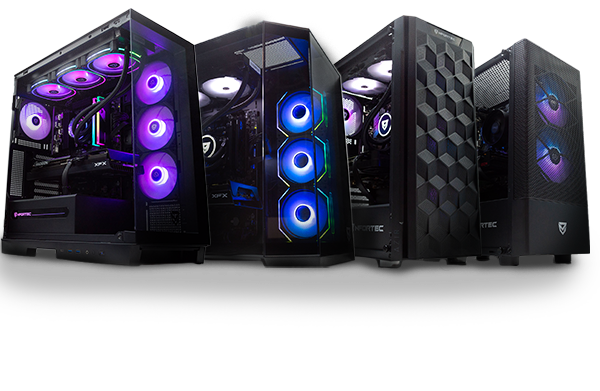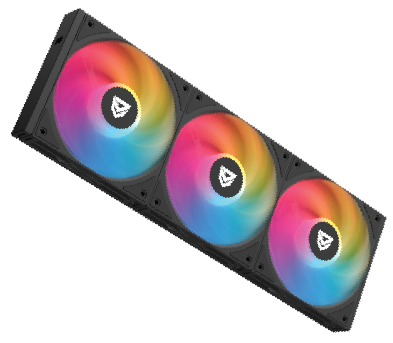Your cart
There are no more items in your cart Free shipping on orders over 50€
Personalized customer service
24-hour delivery




.png)
.png)




.png)
.png)
.png)





















Save products on your wishlist to buy them later or share with your friends.
With Amazon Pay and Login with Amazon, you can easily sign-in and use the shipping and payment information stored in your Amazon Account to place an order on this shop.
